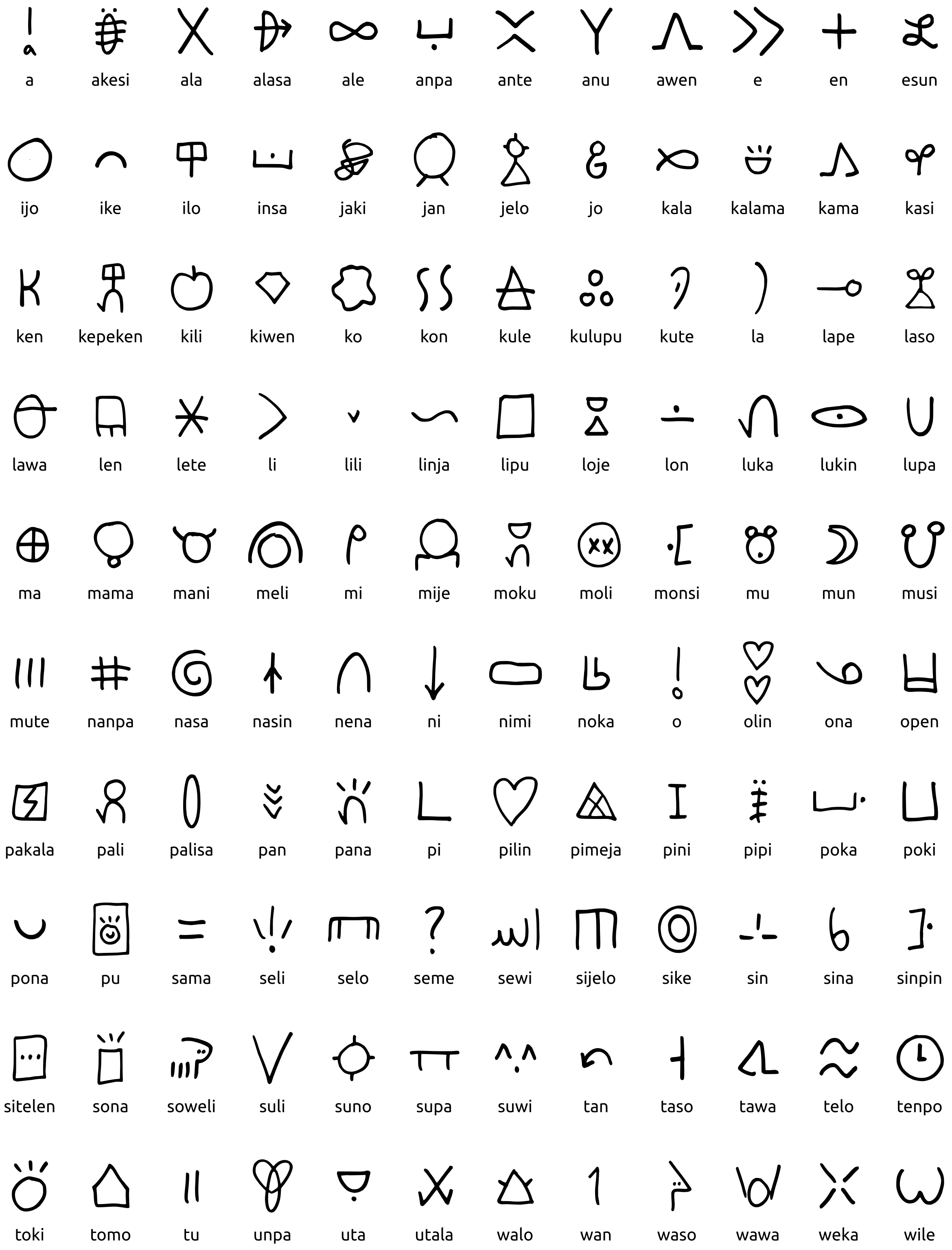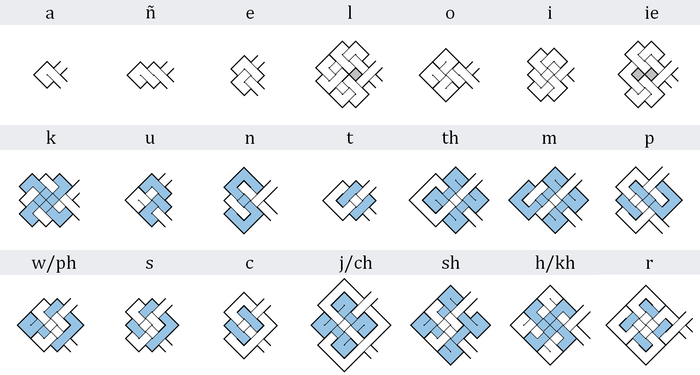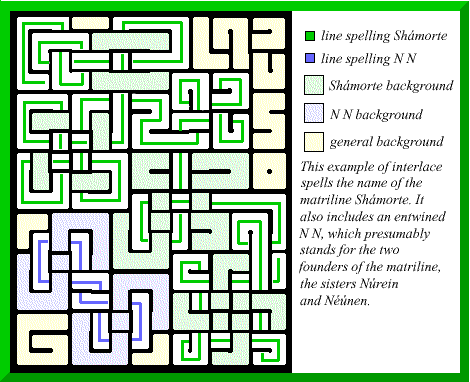warning
very neek. kind of cringe. (/_\;)why this shrine?
at some point during my time online i came across linguistics and then conlanging. though i’m a non-self-proclaimed “stem girl”, this is the field of study i’ve put the most of my free time into, because i find it so fascinating.this has drastically contrasted my experiences during school, where i found language learning to be a living nightmare. while the purposes of my silly site pages are usually just to be self indulgent, i also make this to show some of my infinite gratitude to the net (also wikipedia, not only in general but specifically for the creation of this page) by possibly helping people who have had similar experiences as me to appreciate languages. however, i got so caught up that i yapped a LOT, so i really hope that doesn’t discourage anyone.
also, this page is themed to be super pink and fluffy because i strongly believe there is not enough cuteness rep in clong online spaces <(︶︹︶)>
with that said, please enjoy!!! <3
what is conlang?
conlang is a blend of the words “constructed language.” anyone can make a conlang for any reason, but i’ve listed the “main three” below. but really, imo, i think in the online space people get too caught up in categorizing conlangs and forget their best purpose as inspiration and teaching, like people also often do with music or movie genres.auxlang
auxlangs (auxiliary, meaning something like assistance) are designed to help communication between speakers of different languages.there are natural auxlangs, better known as creoles. an example of a creole is haitian creole, which was based on french and has influences from west african and romance languages. it came about when french and spanish colonizers enslaved haitian people. today, it is one of haiti’s two official languages, the other being french.
constructed auxlangs have been the most famous throughout history, until comparatively recently when the internet caused conlanging enthusiasts to be able to discuss and bring more conlangs to fame. a well-known example is esperanto– so well known it has its own course on duolingo. it was created in 1887 by l. l. zamenhof and was designed to be the second “national language”, calling itself “la lingvo internacia” (the first being the lingua franca, english, as it is the most widely spoken globally, having replaced french after world war 2.) however, it is mostly based on romance languages (~80% of its vocabulary) which isn't very global of him. ( ̄~ ̄;)・・・
artlang
artlangs are pretty obvious; they are art projects.primarily, i’ve seen artlangs used in fiction, like for worldbuilding in books or dnd campaigns. these are also quite famous and tend to be the most well-known conlangs outside of the conlanging sphere because of their associated fiction. an example of this is klingon, created for star trek by marc okrand, which also has its own duolingo course.
people also make artlangs for their micronations- if you don’t know what a micronation is, check out a clip from this video (i rec the whole channel my dad likes it o7.) an example of a conlang created for a micronation is talossan, created for and by the founder of micronation talossa, founded by robert ben madison in 1979, when he was 14. it is based on french and has a small but dedicated following despite being dropped by the original owner in 2005.
altlangs are a type of artlang that explore how a language might have evolved from alternative events in history. brithenig, created by andrew smith in 1996, is based on if latin replaced the native celtic of great britain.
personal languages are another type of artlang created for the creator. there are so many of these it didn’t seem fair to pick an example.
englang
englangs (engineered) are experiments in linguistics, and tend to explore one main question or idea.loglangs are englangs that are based on logic. ithkuil was first brought to the internet and general consciousness in 2004 by john quijada as a way to express information with as little semantic ambiguity as possible, or as much clarification as possible. according to quijada, ithkuil was not created “to be auxillary or used in everyday conversations [but for] fields where more insightful thoughts are expected, such as philosophy, arts, science, and politics.”
philosophical languages are created to meet some philosophical goal, such as exploring how the mind works when the fundamental structure of language is changed. an example is láadan, created by suzette haden elgin in 1982, and focuses on expressing the views of women (as opposed to how it could be argued that western languages are focused on expressing the views of men) and how that might affect a culture. it aims to test of the sapir-whorf hypothesis, which (to summarize) suggests that language affects the speaker’s worldview.
defense
since conlang grew to“conlang takes attention away from real endangered languages”
since a large part of the conlanging community doesn’t study linguistics professionally, i doubt they would be able to access to resources to study endangered languages. plus, i really doubt that conlangs receive that much attention, but i don’t have the evidence to back that up. anyway, this whole statement is like saying, “writing a novel takes attention away from real folklore.” like, i feel like there are greater threats, you know?
“conlanging serves no purpose”
i think this blatantly isn’t true, as conlangs can make fictional words more immersive and teach people about linguistics through experimentation. however, more importantly, conlanging is a hobby. people often do it because they find it fulfilling. additionally, the conlanging community that has formed is, in my experience, cool. so conlangs also serve the purpose of bringing people together :)
david j peterson’s manifesto
toki pona
i think toki pona is pretty awesome. it was created by sonja lang and first published online in 2001. although it has grown to fame and has many speakers and enthusiasts across the globe, toki pona was originally inspired by taoist philosophy and aimed to promote positive thinking (again, going back to the sapir-whorf hypothesis) caused by lang experiencing depression and wanting a way to simplify her thoughts.though this has expanded over the years, the based vocabulary has only 120 words. furthermore, it has only 14 phonemes, five being vowels. it uses relatively widely-used phonemes to make it easier to learn and speak the language. it also has a cool script called sitelen pona, “good/simple writing.” imo its super cute.

i used to be nearly fluent but unfortunately, due to a lack of practise and me being busy+lazy, i lost this. i encourage you to give it a try yourself, especially if you’re interested in learning languages. because of toki pona’s simplicity, it is very easy and quick to learn. however, because of that same reason, this also causes a lot of ambiguity. usually, this can be solved with context.
so far, sonja lang has published three books about toki pona. originally called “toki pona: the language of good” (2014) and “toki pona dictionary” (2021), they were renamed “pu” and “su” respectively, with a third book “ku” (2023) as a retelling of the wizard of oz in toki pona, using sitelen pona. additionally, many pieces of toki pona literature have been published since, further proof of how toki pona has developed a sprawling global community!
nimi mi li Kali! kama pona o toki pona!!!
mi lukin pali e pona. mi wile e sina li pona. pona tawa sina!
ヾ(´∀`* )
links:
- jan Misali's 12 days of toki pona
(there is an updated version, but it's not finished yet.) - official site
- toki pona course
- jan Kekan San's fansite
- subreddit
kēlen
kēlen was first created in 1998 by silvia sotomayor. it’s based on a fictional non-human culture, and is based around not having verbs. impossible, you say?!?! well, kind of. there are four relationals that connect concepts in a kind of verb-y way. regardless, whether you argue the relationals count as verbs or not, the limited use of verbs is definitely an interesting feature.i already like kēlen because of that, but my favourite thing about it is its writing systems. its main system and box script are quite pretty on their own, but the ceremonial writing script is so wonderfully and confusingly elaborate, its amazing!



unfortunately i definitely can’t speak kēlen, so here’s just a little bit:
anlāsi!
links:
- sotomayor's blog
- official kēlen site
- subreddit(unfortunately pretty dead)
ccc
the cursed conlang circus is an online event held by agma schwa. the goal is for people to make the most "cursed" (cleverly odd) conlang possible. a lot of people are brought together to participate, more every year! here's links to the ccc1 and ccc2.splatoon
it’s surprising how easy it is to find conlang projects to do with things you’re already interested in.i really like the splatoon series, so i was really excited when i saw all the ingame scripts and symbols. unfortunately, they’re mostly gibberish or ciphers. but! i found this series on youtube and my disappointment was gone!! is it not canon at all and incredibly nerd behaviour? yes… but you wouldn’t have got this far if you weren’t ready for that, i think.
i haven’t been able to learn the language, and i do have some surface-level qualms with it, but overall it was fun to discover.
minecraft
another interest i wanted to mention was minecraft!! the game itself also has a lot of language options, not only a wide variety of real languages but some silly options too. my conspiracy theory is that this is where 60% of the update revenue goes toward.conlangs:
- ido (derived from esperanto)
- lojban
- quenya
- klingon
- toki pona
- viossa
- pirate speak (eg “aye me hearty”)
- ɥsᴉꞁᵷuƎ (eg “uʍoᗡ ǝpᴉsd∩”)
- LOLCAT (eg “haste 2”-->”IM MININ FAST 2”)
forums
from most to least active:other
jan misali is a youtuber who is well known for his series called conlang critic, but he’s also made tons of other videos on mario, rhythm heaven, (toki pona) song covers, memes, and the number system seximal, among others.gretchen mcculloch is a linguist with a lot of interesting things to say. she hosts a podcast with lauren gawne called lingthusiasm, has written a book called because internet, and has a blog.
david j peterson is a conlanger who’s well known for working on the conlangs of popular tv shows like game of thrones. he has not one, but two sites!!! (and i’ve decided that, as a neocity-goer, you must be interested in this. i think the first linked one is coolest.) he’s also written a book, called the art of language invention.
rhea is a youtuber who talks about linguistics, usually to do with accents/languages in australia and/or the english language. they usually film in pretty places outdoors.
so far, i’ve been staying pretty community-focused and not really mentioned any brands or large companies. but, i think there are some really interesting articles on the duolingo blog going back to 2013. here's a luck dip of some posts i especially liked: 1 2 3 4
acta lingweenie is a blog focused on conlanging and world building, among other things, but hasn’t updated in a while. has a lot of well written posts that you could comb through for ages.
i had some neocities i wanted to share but… i have unfortunately lost them in my huge bookmark folder of neocities i like. organization of that folder is on my to do list!!!!!! luckily, i do have one, which popped up in my activity tab recently. egg ramen is a neocity that has a section dedicated to conlang but also a bunch of other cool stuff, and the site's really neatly designed too.
coming (soon?)
- an article on conlangs i find interesting made from the perspective of non-european language speakers
- more conlang neocities
- … maybe one of my own conlang projects…?
thank you
thank you very much for indulging me.callie (≧◡≦) ~♡♡♡



